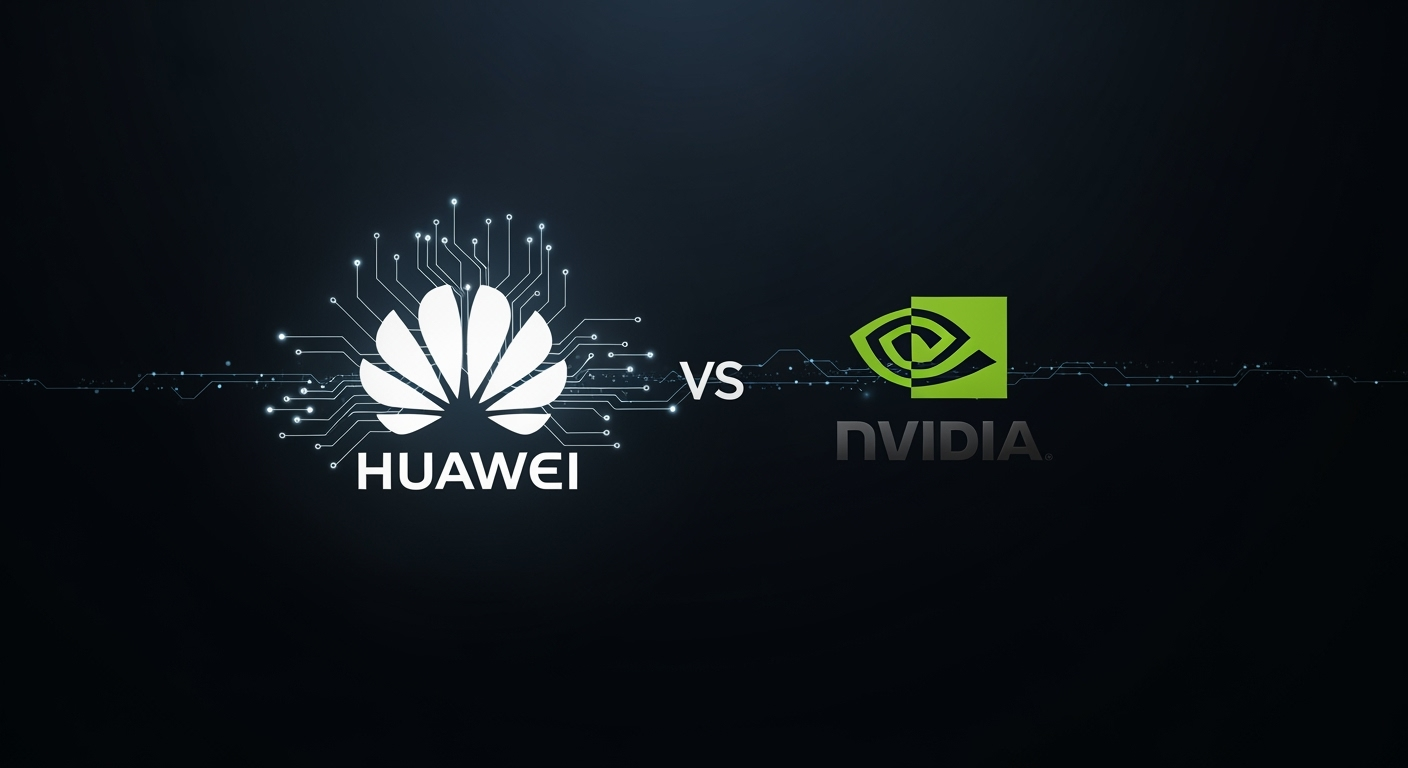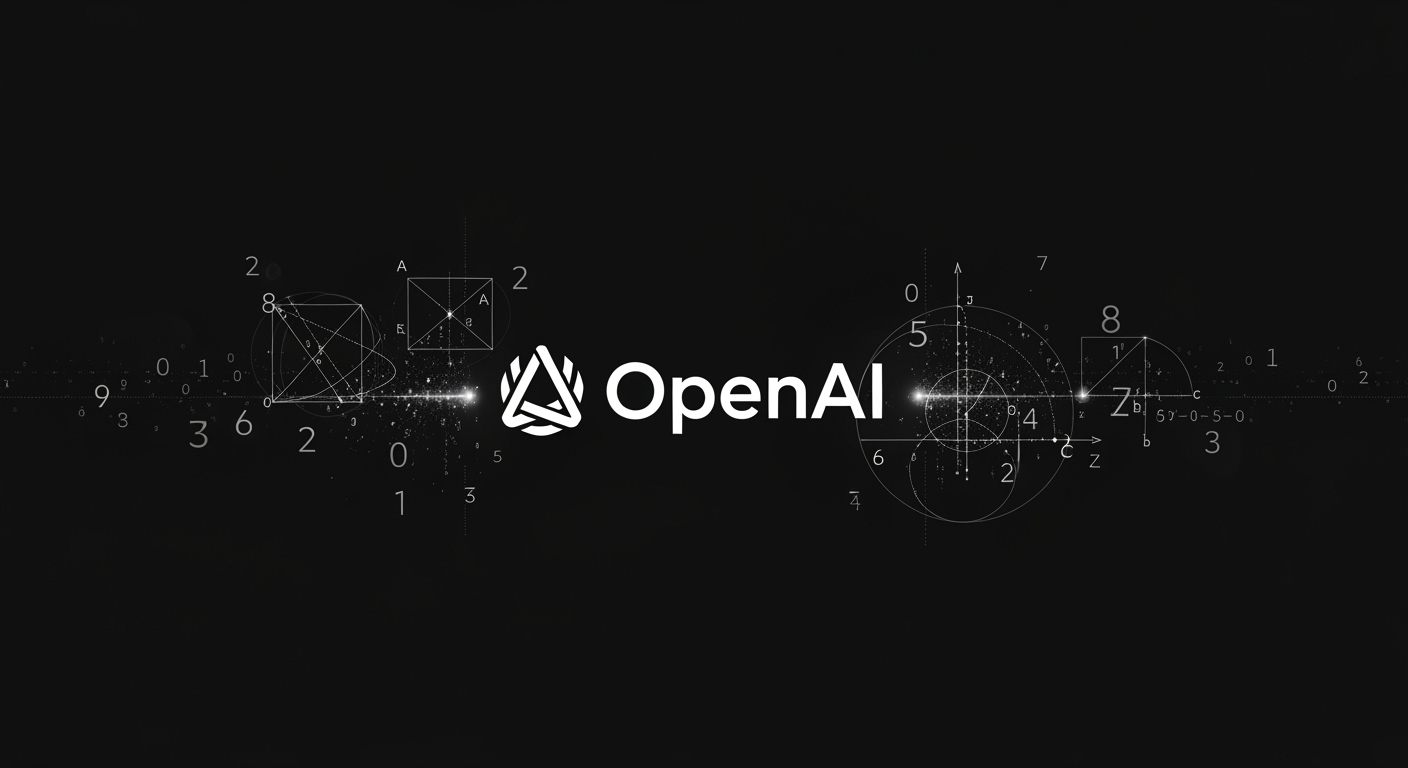Huawei Unveils Advanced AI Infrastructure Amid Nvidia Ban in China

Huawei Reveals New AI Infrastructure to Accelerate Compute Power
Chinese technology leader Huawei has introduced its latest AI infrastructure, aiming to close the gap with competitor Nvidia as U.S. restrictions tighten access to foreign chips in China. The announcement was made during the company's annual Huawei Connect conference, highlighting a strategic response to the shifting landscape of AI hardware in the country.
Introducing SuperPoD Interconnect: Huawei's High-Performance AI Network
At the center of Huawei’s new offering is the SuperPoD Interconnect technology. This solution enables the connection of up to 15,000 graphics cards—including Huawei’s own Ascend AI chips—into a single high-performance cluster. By facilitating ultrafast communication between chips, SuperPoD Interconnect is designed for scaling up AI computing power, a critical requirement for both training and deploying large-scale AI models.
This approach is comparable to Nvidia’s NVLink, a technology that allows high-speed interconnection of GPUs for AI workloads. While Huawei’s Ascend chips may not yet match Nvidia’s in raw power, clustering thousands of these chips together can deliver the massive computing resources demanded by next-generation AI systems.
China’s Nvidia Ban: A Turning Point for Domestic AI Ecosystems
Huawei’s announcement comes on the heels of a significant policy shift: the Chinese government has banned domestic tech companies from purchasing Nvidia hardware, including the RTX Pro 600D servers tailored for the Chinese market. This move accelerates the need for homegrown solutions like those from Huawei, as access to cutting-edge international AI hardware becomes increasingly restricted.
For businesses and developers in China, this shift signals a rapid pivot toward domestic innovation in AI infrastructure. Huawei’s new SuperPoD Interconnect and Ascend chips represent a major step in building a competitive, self-sufficient AI ecosystem within the country.
What This Means for AI Development in China
- Increased Compute Capacity: By clustering thousands of chips, organizations can access the computational scale needed for modern AI projects.
- Reduced Reliance on Foreign Chips: The ban on Nvidia hardware creates opportunities for domestic players like Huawei to lead the market.
- Potential for Further Innovation: Competition may spur advances in chip design, networking, and AI model development within China.
As AI continues to drive digital transformation, Huawei’s latest infrastructure move positions the company—and China’s tech sector more broadly—to keep pace with global advancements, even as access to foreign technology narrows.





